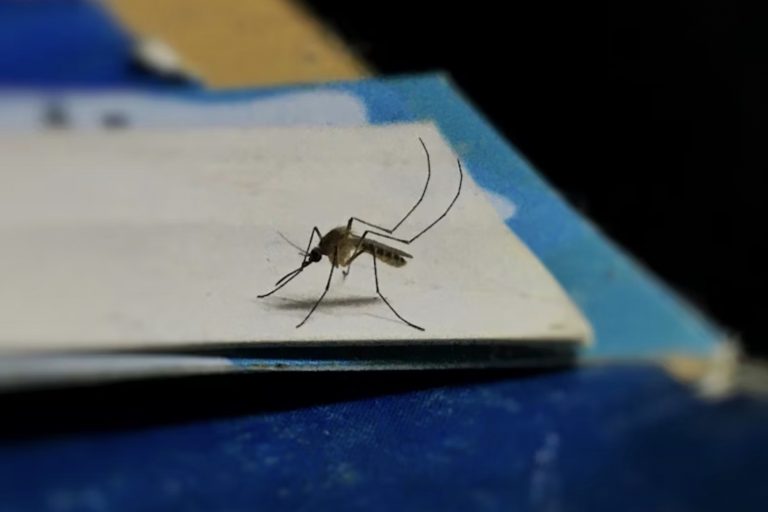Mosquitoes are more than just an annoyance—they can transmit serious diseases and ruin outdoor experiences. To combat these pesky insects, many homeowners and businesses turn to mosquito misting systems. However, these systems are often shrouded in myths and misconceptions.
In this article, we’ll explore the reality behind mosquito misting, separating fact from fiction. We’ll also unravel common myths and provide a comprehensive understanding of this popular pest control method.
KEY TAKEAWAYS
- Mosquito misting systems can effectively control mosquito populations when properly installed and maintained.
- Many modern misting systems use EPA-approved and biodegradable insecticides with minimal environmental impact.
- Following product instructions, taking precautions, and consulting professionals can mitigate potential health risks to humans and pets.
- Responsible practices, including integrated pest management and precision application, promote sustainability and reduce environmental footprint.
Story Stages
What is Mosquito Misting?
Generally, mosquito misting systems are designed to control mosquito populations by dispersing insecticides in a fine mist. These systems typically consist of a network of nozzles connected to a central insecticide tank and controlled by an automated timer. When activated, the nozzles release a mist of insecticide, creating a barrier that mosquitoes cannot pass through without being exposed to the deadly chemicals.
The use of misting systems for mosquito control and Mosquito Eradication dates back to the 1960s, but the technology has evolved significantly over the years. Today, various insecticides are used in misting systems, ranging from synthetic pyrethroids to botanical-based compounds. These insecticides work by disrupting the nervous system of mosquitoes, leading to paralysis and eventual death.
Myth: Mosquito Misting is Harmful to the Environment
One of the most persistent myths surrounding mosquito misting is that it’s harmful to the environment. However, this is not necessarily the case when done responsibly. Many modern misting systems use EPA-approved and biodegradable insecticides that break down quickly in the environment, minimizing their impact on non-target species.
Additionally, proper system installation and maintenance can significantly reduce the risk of environmental harm. Trained professionals can ensure that the misting system is calibrated correctly, minimizing over-spraying and drift. By targeting specific areas and adjusting the nozzle placement, the impact on beneficial insects like bees and butterflies can be minimized.
Myth: Mosquito Misting is Ineffective
Another common misconception is that mosquito misting is ineffective at controlling mosquito populations. In reality, when done correctly, these systems can be highly effective at reducing mosquito numbers and minimizing the risk of mosquito-borne diseases.
The effectiveness of mosquito misting depends on several factors, such as proper system installation, regular maintenance, and appropriate insecticide selection. Professional installers can ensure that the nozzles are positioned correctly and that the system is programmed to release the mist at optimal times when mosquitoes are most active.
Real-world case studies and testimonials from satisfied customers attest to the efficacy of mosquito misting systems. Many homeowners and businesses have reported significant reductions in mosquito populations after implementing these systems, allowing them to enjoy their outdoor spaces without the constant annoyance of mosquito bites.
Myth: Mosquito Misting is Not Safe
Similar to the previous myth, a myth surrounding mosquito misting systems is that they are inherently unsafe and pose significant health risks to humans and pets. However, this perception is often exaggerated and fails to consider the advancements in technology and the responsible use of these systems.
When used correctly and according to manufacturer guidelines, modern mosquito misting systems are generally safe for humans and pets. Most professional-grade systems utilize EPA-approved insecticides that have undergone rigorous testing and are deemed low-risk when applied correctly.
It’s also worth noting that mosquito misting systems are often used in conjunction with an integrated pest management (IPM) approach, which combines various methods to control mosquito populations. This can include tactics like eliminating standing water sources, encouraging natural predators, and using biological controls, thereby reducing reliance on insecticides alone.
Responsible Mosquito Misting Practices
While mosquito misting can be an effective pest control solution, it’s essential to follow responsible practices to ensure safety and minimize environmental impact. One of the best practices is to work with a reputable pest control company that employs trained professionals and adheres to industry standards.
When choosing a mosquito misting system, it’s crucial to consider the insecticide being used and its potential effects on non-target species. Opting for EPA-approved and eco-friendly insecticides can help reduce the environmental footprint. Additionally, proper system calibration and targeted application can minimize over-spraying and drift.
Moreover, mosquito misting should be part of an integrated pest management (IPM) approach, which combines various methods to manage mosquito populations effectively. Complementary strategies such as eliminating standing water sources, using biological controls, and encouraging natural predators can further enhance the overall effectiveness of mosquito control efforts.
The Future of Mosquito Misting
As concerns about environmental sustainability and public health continue to grow, the mosquito misting industry is adapting and innovating to meet these challenges. Emerging trends and technologies promise more eco-friendly and sustainable solutions for mosquito control.
One exciting development is the use of natural and botanical-based insecticides, which are derived from plants and are generally considered safer for the environment and non-target species. Additionally, advancements in precision misting technology allow for more targeted and efficient insecticide application, reducing waste and minimizing environmental impact.
Public awareness and education will also play a crucial role in shaping the future of mosquito misting. As consumers become more informed about responsible pest control practices, the demand for sustainable and environmentally conscious solutions will drive innovation and foster positive change within the industry.
Closing Thoughts
Mosquito misting systems can be an effective and responsible solution for controlling mosquito populations, but it’s essential to separate fact from fiction. By understanding the realities of this pest control method, embracing responsible practices, and staying informed about emerging trends and technologies, we can enjoy the benefits of mosquito misting while minimizing potential risks and environmental impacts.
